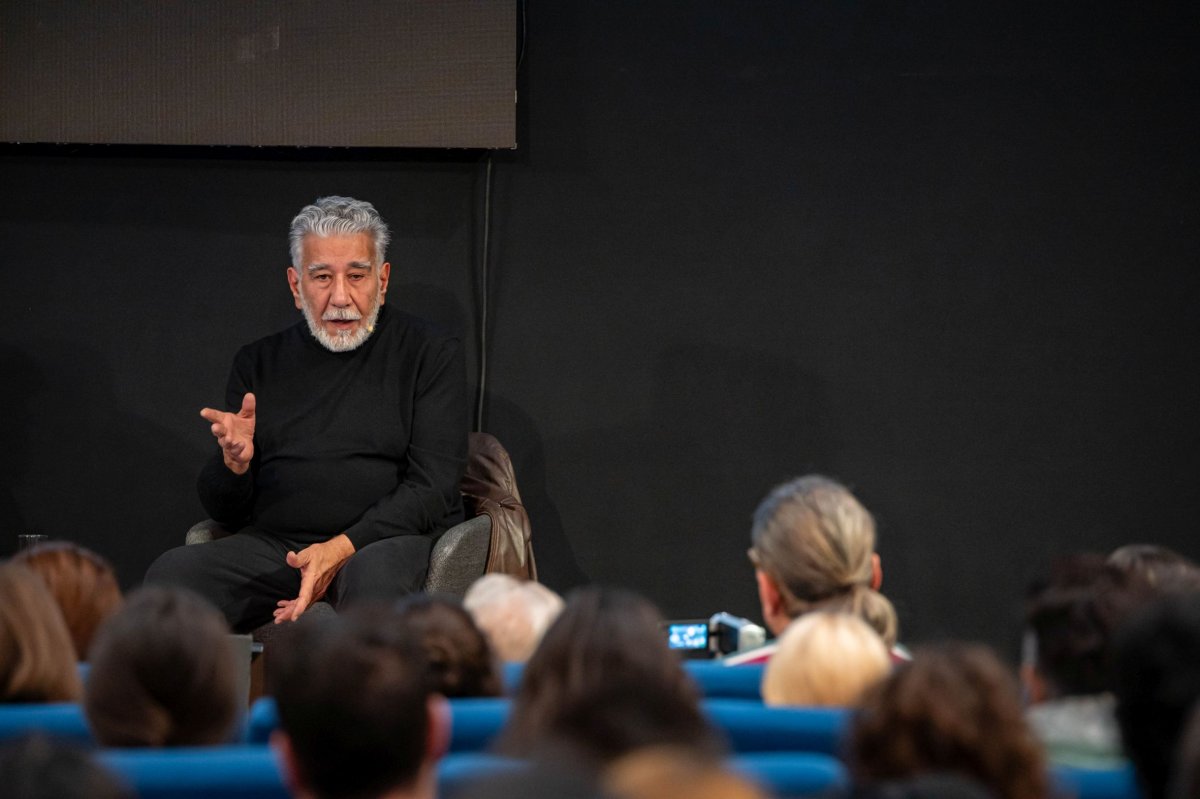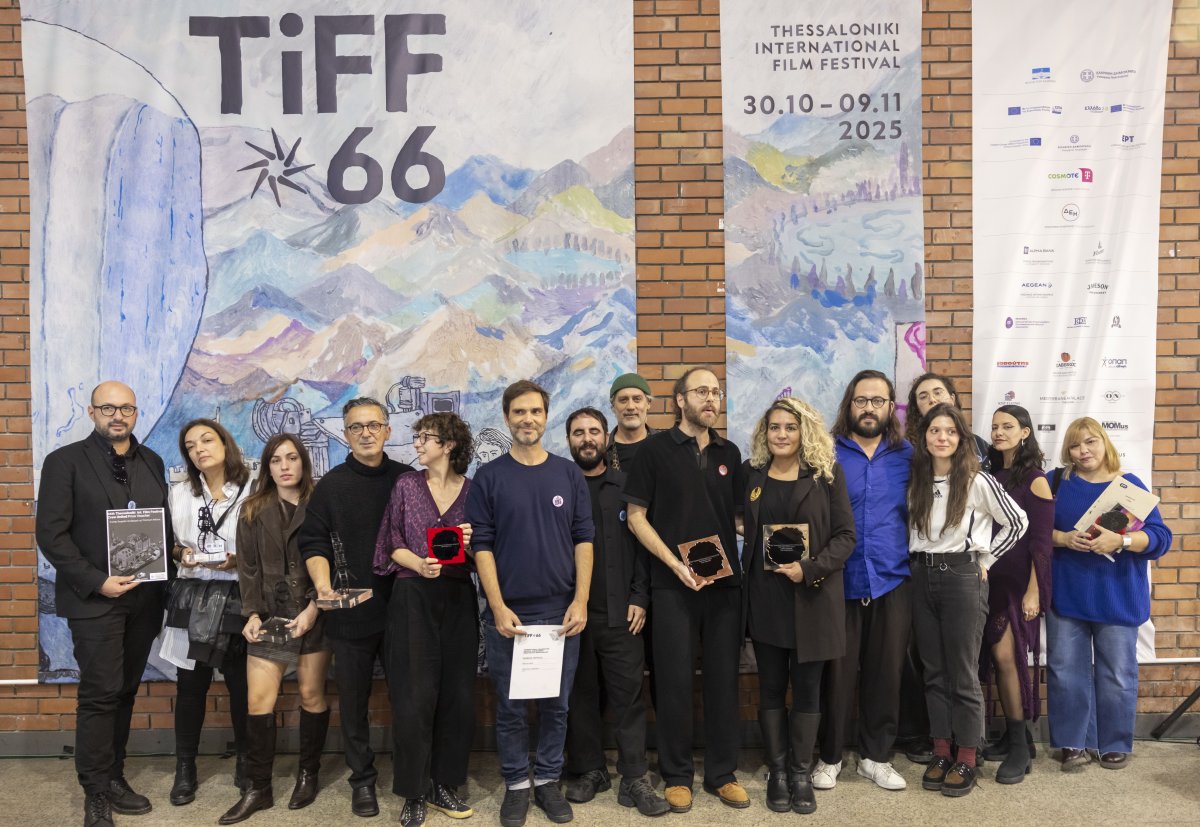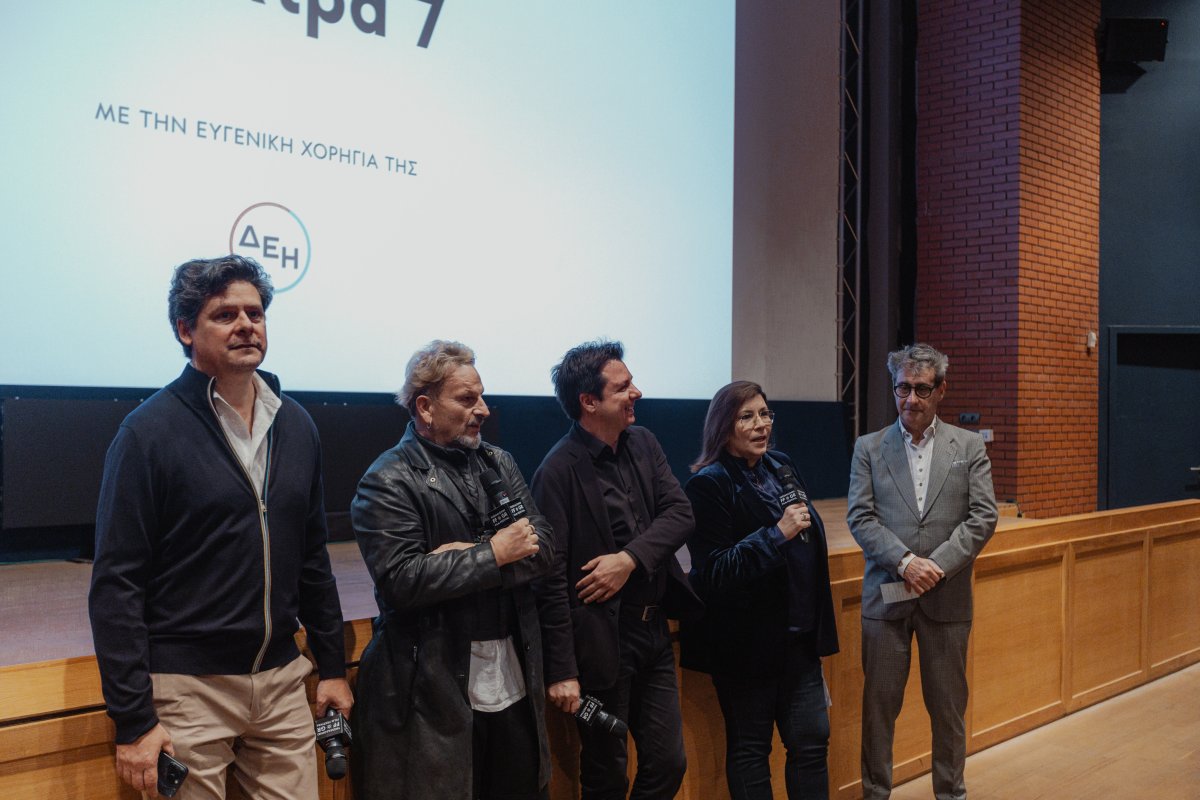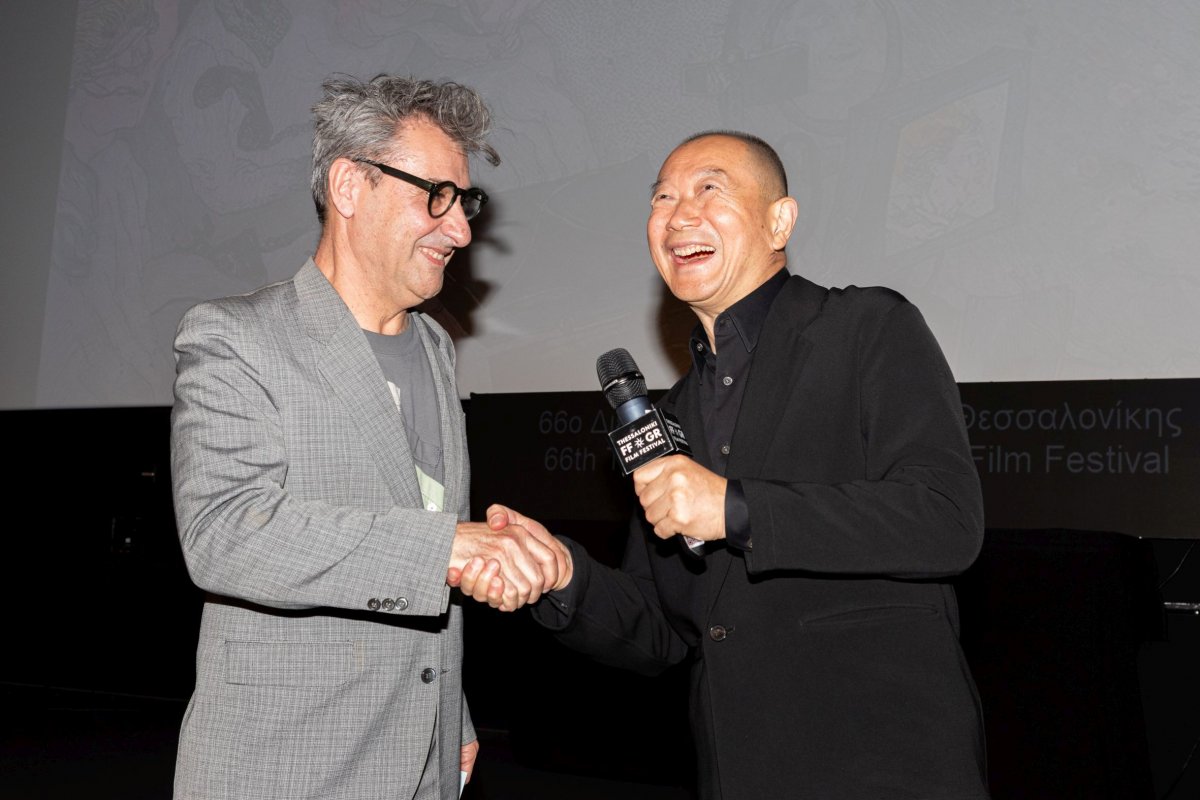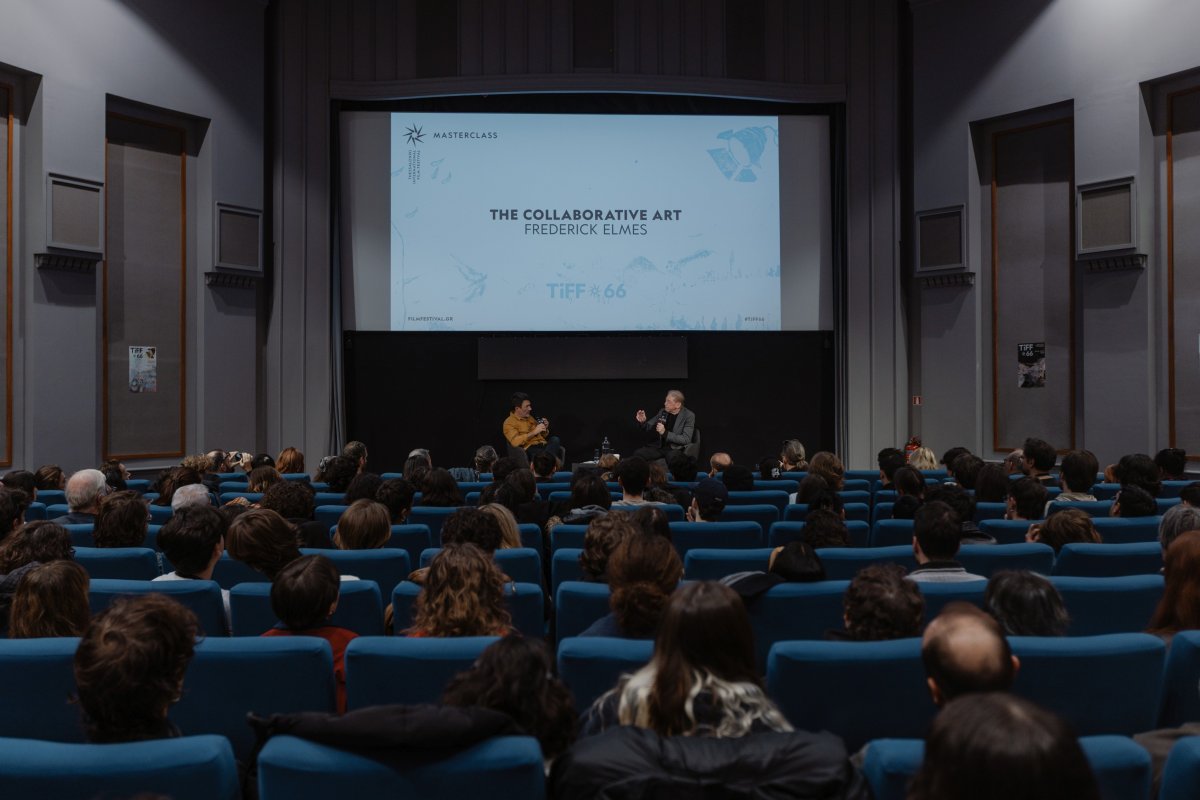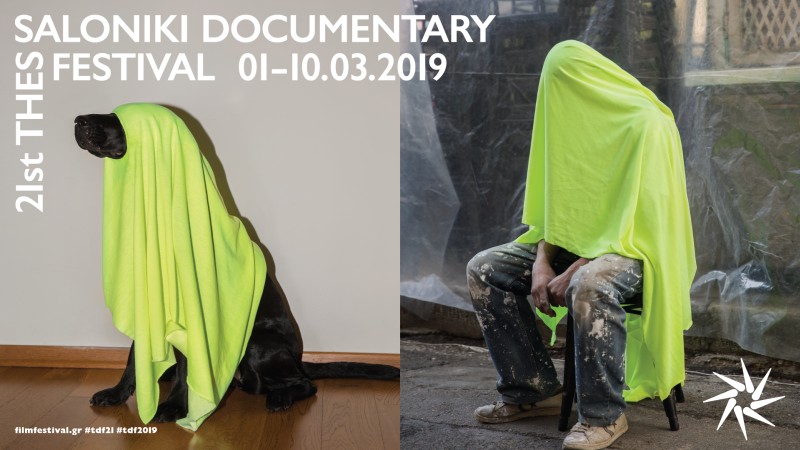Meshes of the Afternoon
Meshes of the Afternoon
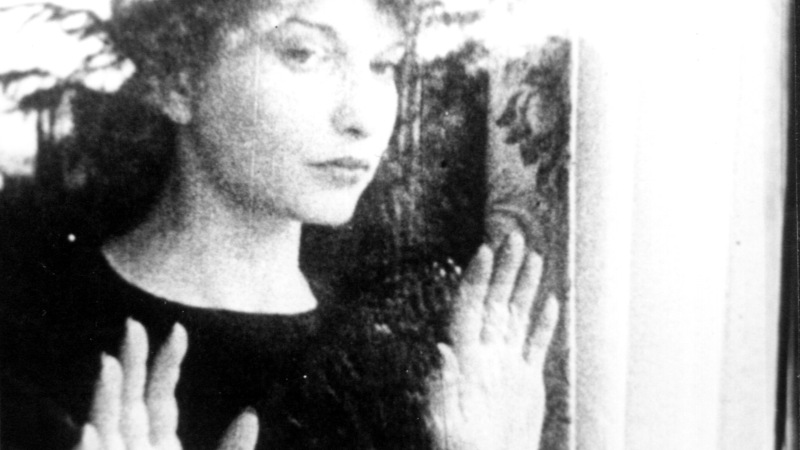
|
No physical screenings scheduled. |
- Direction: Maya Deren, Alexander Hammid
- Script: Maya Deren
- Cinematography: Alexander Hammid
- Editing: Maya Deren
- Actors: Maya Deren, Alexander Hammid
- Format: HD
- Color: B/W
- Production Country: USA
- Production Year: 1943
- Duration: 14'
- Contact: Light Cone
Maya Deren
Maya Deren was born Eleonora Derenkowsky in Kiev in 1917. Her father was a psychiatrist. In September 1922 the family emigrated to America and settled in Syracuse, New York. In 1938 she gained a Master of Arts Degree in literature at Smith College. During the 1930s she was active in the American Socialist Party. She became involved in modern dance, and while working as a publicity assistant and secretary to the Katherine Dunham Dance Troupe on tour, met the Czech emigre filmmaker Alexander Hammid, whom she subsequently married. Hammid collaborated with Deren on her first film, Meshes of the Afternoon which was shot using a 16mm Bolex in two weeks in 1943. At Land followed in 1944, A Study in Choreography for the Camera in 1945, and Ritual in Transfigured Time in 1946. Deren completed two more films: Meditation on Violence (1948) and The Very Eye of the Night. Maya Deren worked ceaselessly to establish facilities and funding for the independent film movement which subsequently grew up in America. She founded the Creative Film Foundation and her work led ultimately to the establishment of the first Film-Makers Co-op in New York. She wrote numerous theoretical and technical articles for film magazines but also wrote articles on film-making for mainstream women’s magazines and in 1946 published a pamphlet: Anagram of Ideas on Art, Form, and Film. She died following a brain hemorrhage in 1961.
Filmography
1943 Meshes of the Afternoon (short, co-direction)
1944 At Land (short)
1945 A Study in Choreography for the Camera (short)
1946 Ritual in Transfigured Time (short)
1948 Meditation on Violence (short)
1955 The Very Eye of the Night (short)
Alexander Hammid
Born Alexander Hackenschmied in 1907 in Linz, Austria, Alexander Hammid grew up in Prague and became a major figure in the circle of avant-garde Czech photographers in the late 1920s. He devoted himself to cinema in 1931, making his own experimental films and photographing and editing others’ films, including anti-Nazi documentaries for other directors. Fleeing the German occupation in 1939, Hammid settled in New York. In 1942 he met Maya Deren, for whom he photographed the landmark American short film Meshes of the Afternoon (1943). Hammid worked for the Office of War Information in the 1940s, and for the United Nations in the 1960s, completing poetic pieces and socially relevant documentaries. Some of his most notable works are Valley of the Tennessee (1944), The Private Life of a Cat (1946), and, with Francis Thompson, To Be Alive! (1964), a pioneering multiscreen environment, and To Fly (1968).
Filmography
1943 Meshes of the Afternoon (short, co-direction)
1944 Valley of the Tennessee
1946 The Private Life of a Cat (short)
1964 To Be Alive! (short, doc)
1968 To Fly (short)





